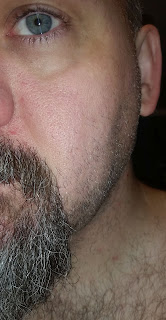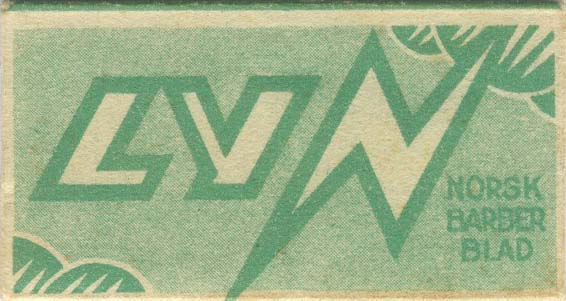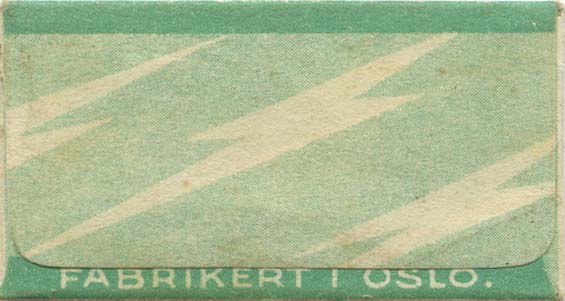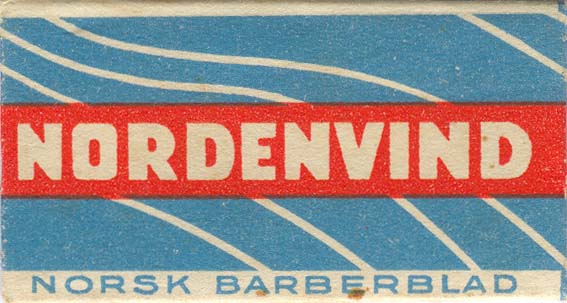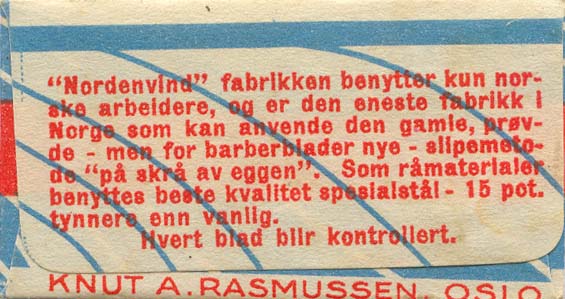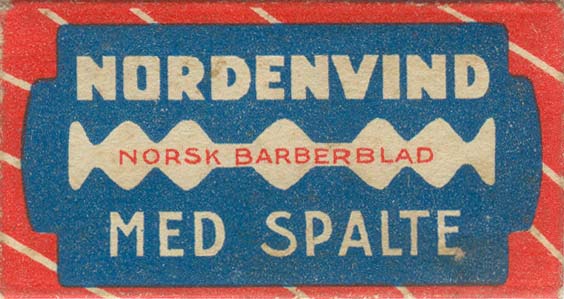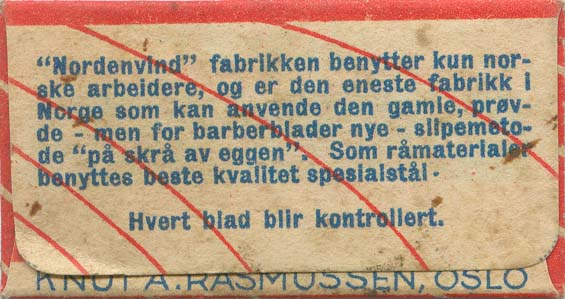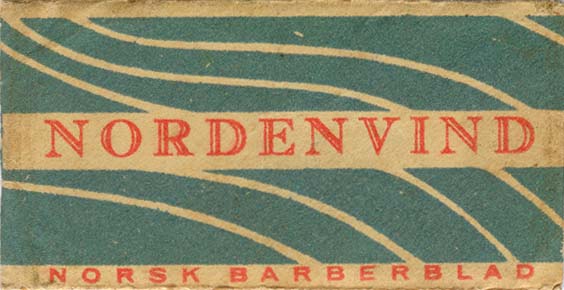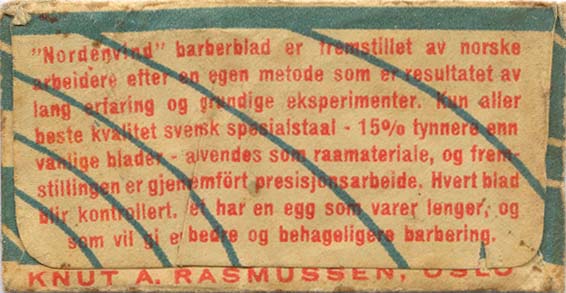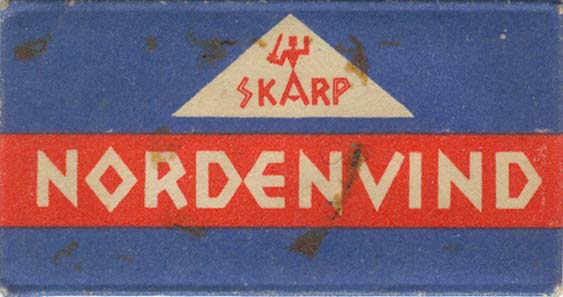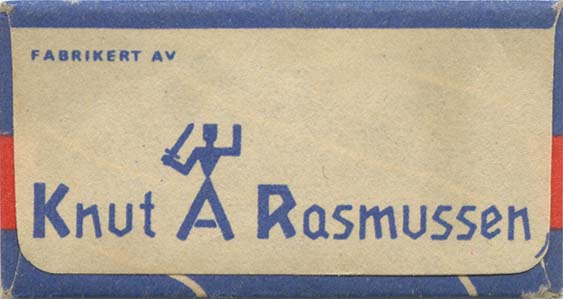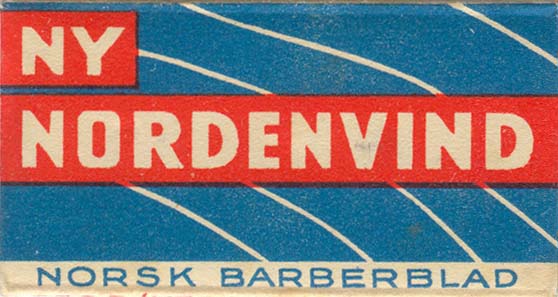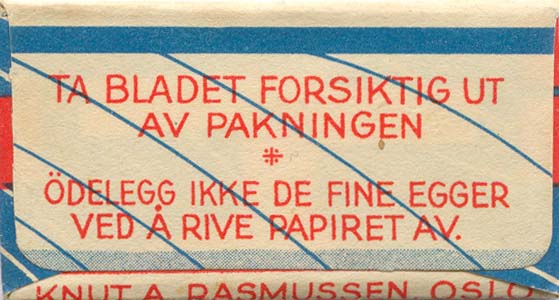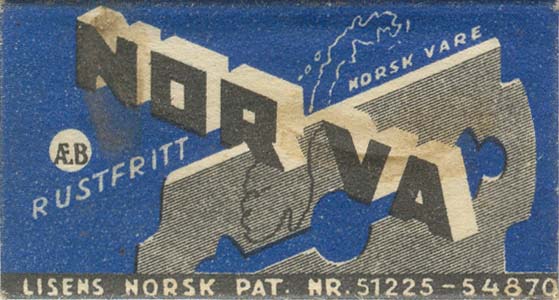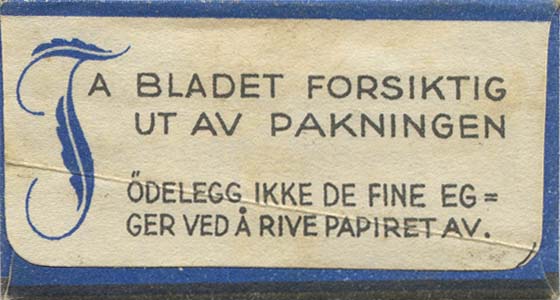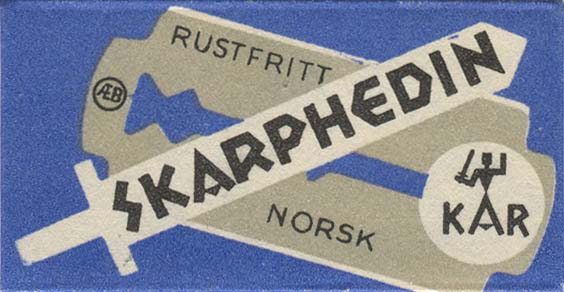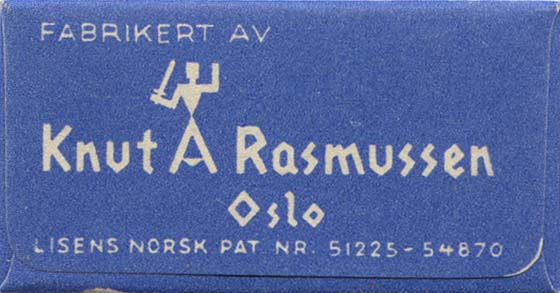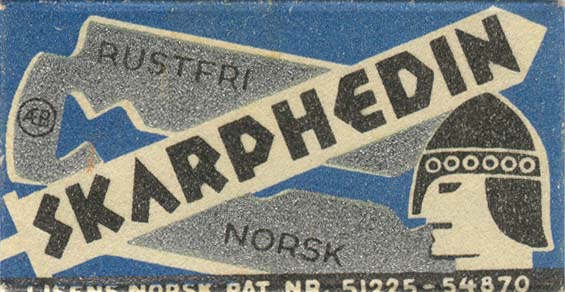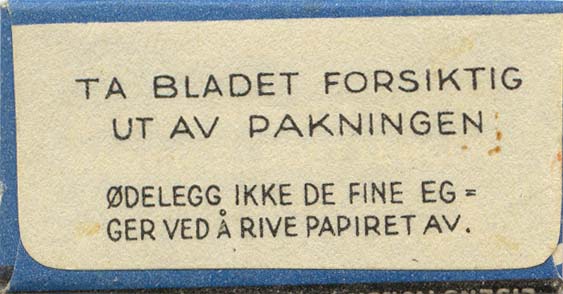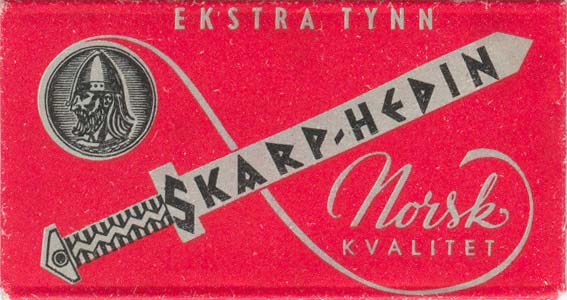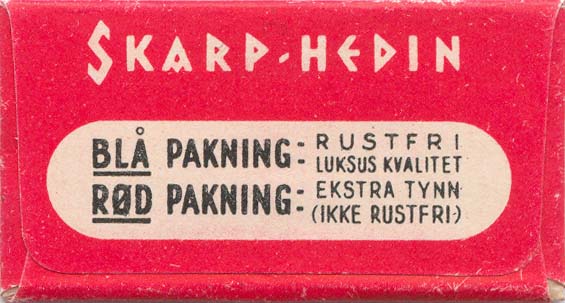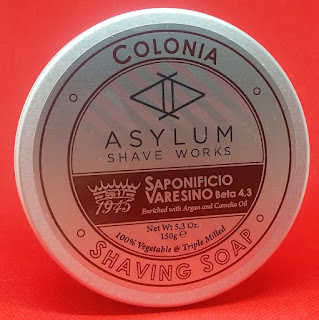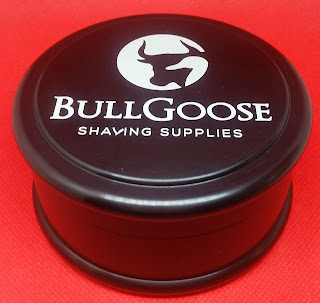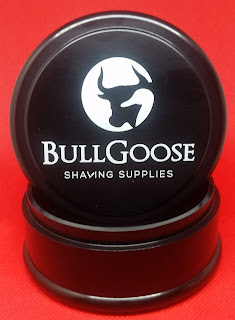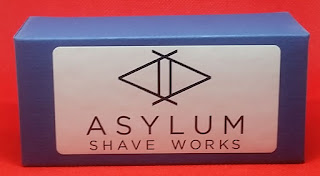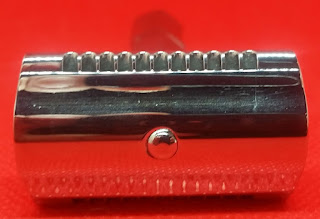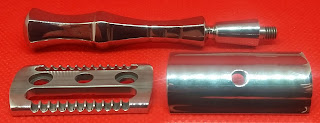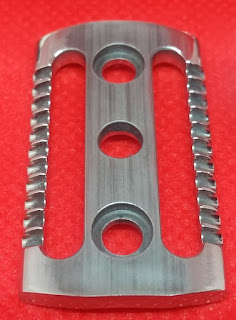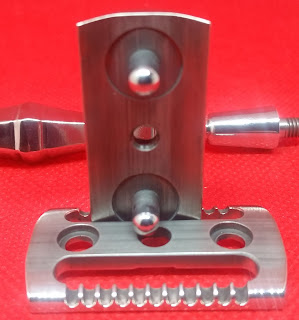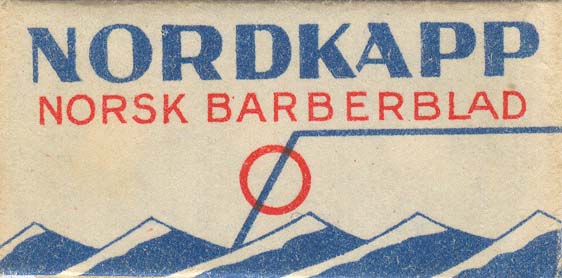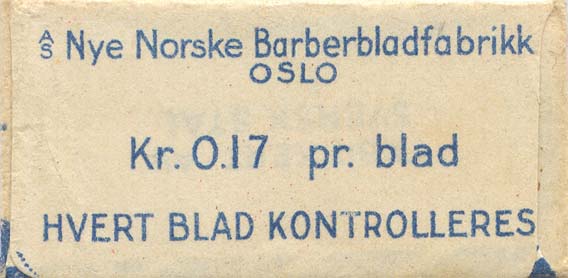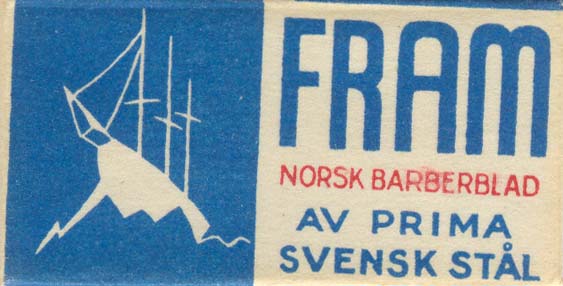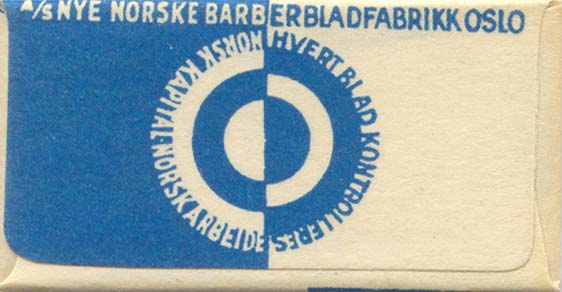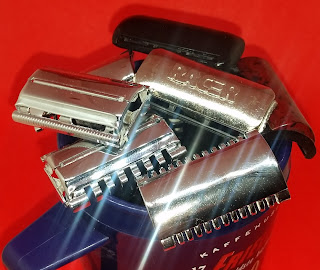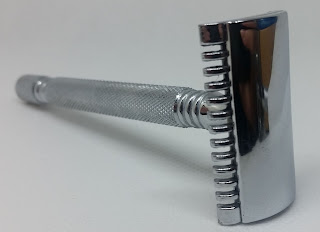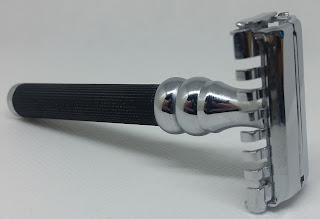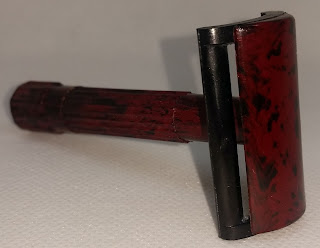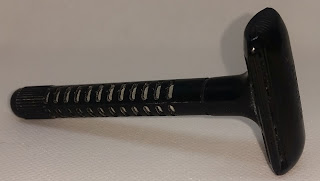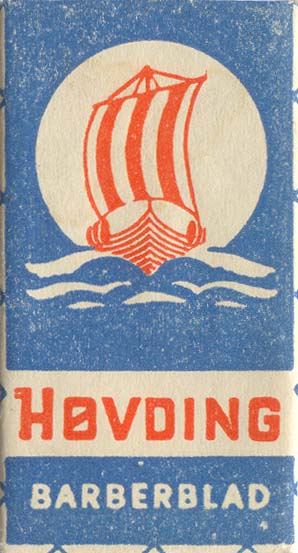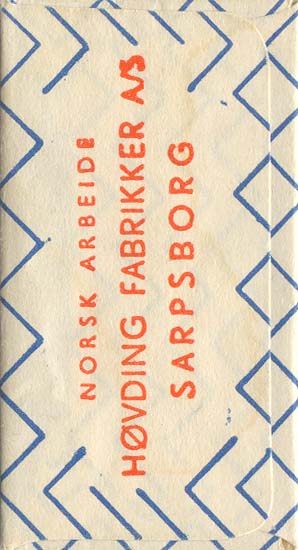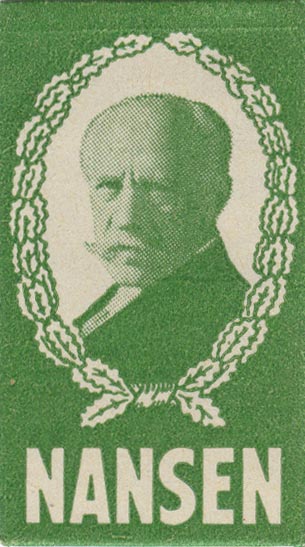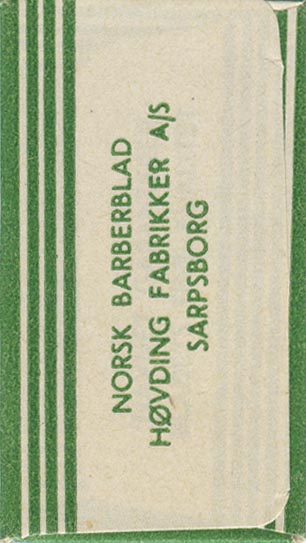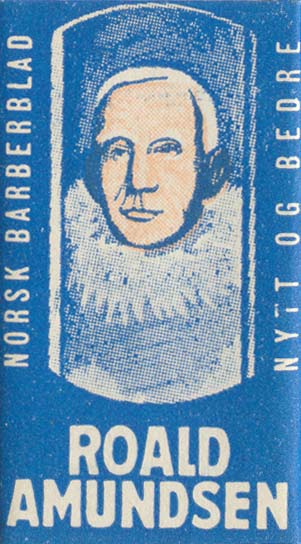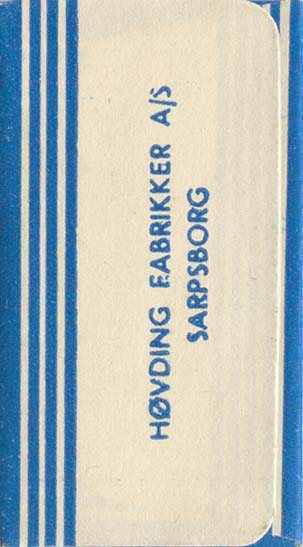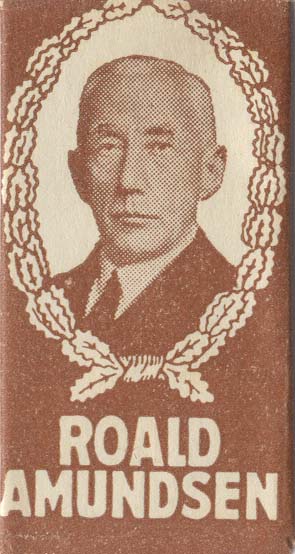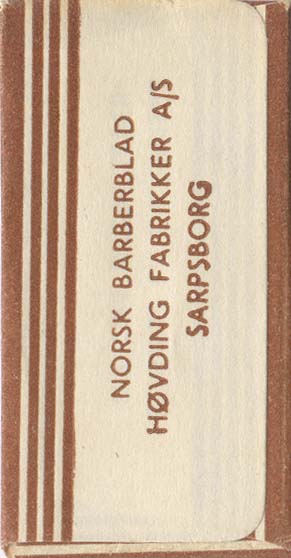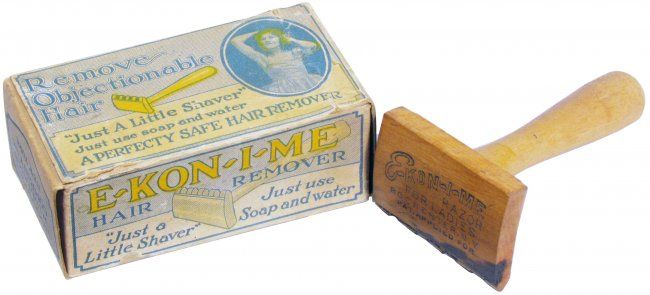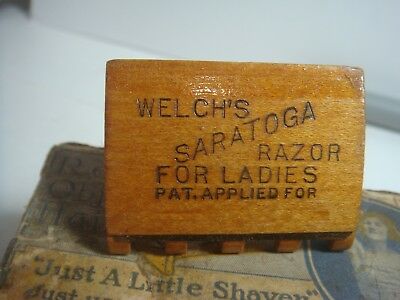TL:DR?
It works as advertised. It smells nice. It’s dead simple to use. Should come in larger bottles, but compromises must be made I guess. Get some.
The longer version?
A few weeks ago I noticed that The Lavish Gentleman was tweeting about the opportunity to try their oil cleanser for free, and since I enjoy trying new products and ways to improve my shave I reached out and asked for a sample. I was honestly expecting a sample-sized sample, but what I received a little over two weeks ago was a 30ml (1 fl.oz) pump bottle along with a post card sized instruction sheet and ingredient list. So thumbs up right away for providing something I could read without putting my glasses on in the morning.
The active ingredients are marula oil – harvested from the nuts of a tree native to Sudano-Sahelian range of West Africa, or so Wikipedia tells me – and rosehip oil. While I had to look up the former, rosehips are near and dear to me; there are several wild rosehip bushes where I live, and they make the most wonderful flowers – although I’m not sure if The Lavish Gentleman uses oil from the dog rose, which is what grows wild here. The cleanser also contains a number of other oils, detailed on the ingredient card.
The scent is a little hard to describe… sort of a cross between some of my wife’s makeup cleansers and the cooking oil in my kitchen, with a hint of citrus. A rather pleasant smell to be sure, and one that don’t linger particularly long on my skin – which is good since that means it won’t conflict with my aftershaves
Going back to Wikipedia, marula oil traditionally used as a moisturiser, massage oil and cleanser in parts of sub-saharan Africa while rosehip oil allegedly helps combat damage – anecdotal evidence suggests it assists in the healing of scar tissue according to Wikipedia – and is commonly used in skin care products.
Directions for use couldn’t be simpler: Apply to dry skin, massage gently, rinse off using a wash cloth and warm water. It slotted itself right into my morning routine, replacing the various soaps I’ve rotated between in my preshave wash. It left my skin feeling noticeable cleaner and smoother than most soaps I’ve tried so far, and despite this being the cold season my skin haven’t dried out during the days I’ve used it. As an added bonus some of the problem pores on my nosewings seems to have cleaned up too, an area that always give me trouble in winter.
My only real gripe is the small bottle it comes in; I checked The Lavish Gentleman’s website, and so far at least they don’t seem to sell larger bottles. Given my current rate of use, I guesstimate the current bottle will “only” last five or six weeks total… a 100ml (approximately 3 fl.oz) bottle would been a very handy size for me – alongside a small one to bring in my carry-on when I have to go flying or in my GoBag. I can totally see giving myself a cleanup before landing using this cleansing oil, or a quick cleanup in the field even if I don’t have time to wash or shave.
To summarise: For me, it works great. Washing my face before my shaves are easier than with soap, since I don’t risk soapy water running down my chest. My skin feels smoother and cleaner, and some of the pores that normally give me trouble in winter have cleaned up. The scent is pleasant, and the instructions for use are straightforward enough to follow even before the morning coffee. I will certainly keep up with the daily use of it, and most likely order some more before I run out – despite the risk of having to pay import customs.
Would I recommend it? Yes. It might not work for every face out there, but it’s assuredly worth trying.
Added bonus; the charcoal mask offered by The Lavish Gentleman looks interesting as well… as much as I like Pereira Shavery’s shaving soap with activated charcoal, I can definitely see the appeal.


